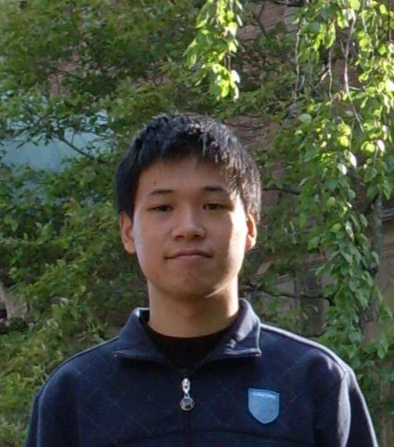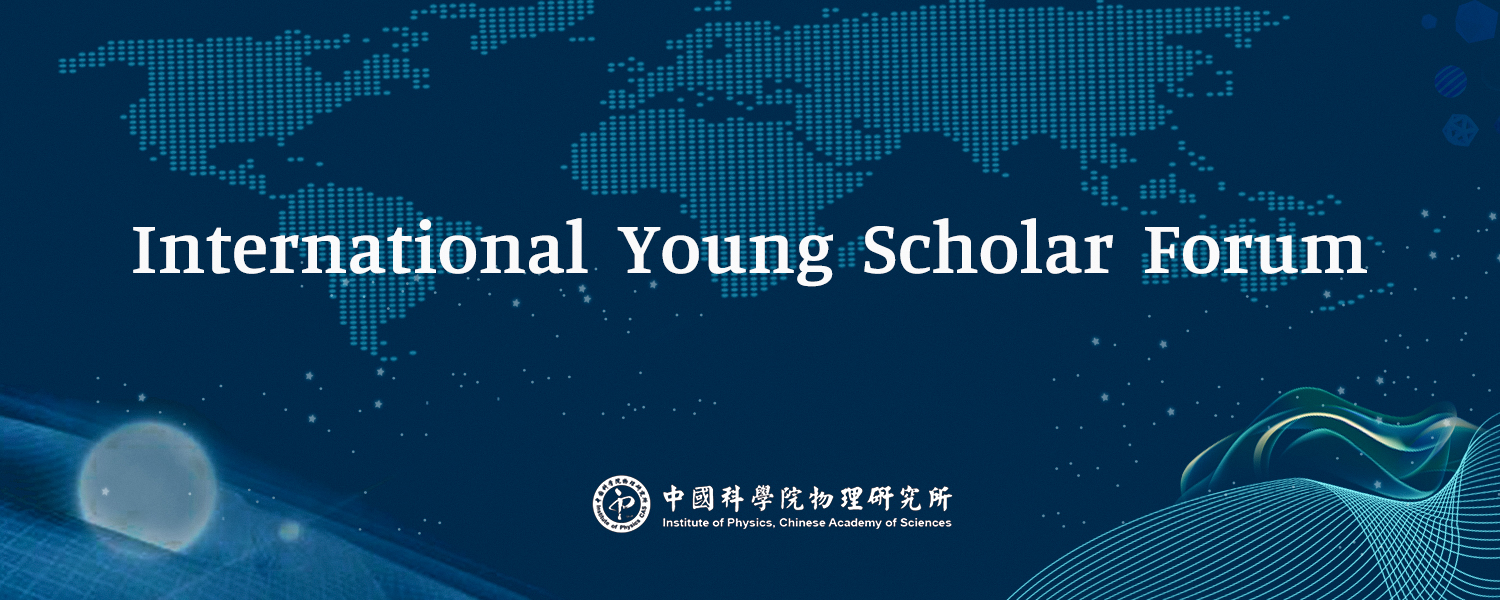Time: 10:00 am, April 30th, 2021
Speaker: Dr. Kun Chen, Flatiron institute
Abstract:
Perturbative renormalization is an indispensable tool for quantum field theory in particle physics. We recently generalize the existing framework to condensed matter problems with a Fermi surface. The quasiparticle interactions in these systems are typically nonlocal in space and retarded in time. Such nontrivial structure makes the renormalized interaction notoriously challenge to predict. We introduce a functional renormalization scheme to systematically construct a renormalized perturbation theory. We then develop a diagrammatic Monte Carlo algorithm to calculate the theory up to a high order. Our technique enables a controlled
calculation of the quasiparticle interactions of the uniform electron gas, which is at the heart of the density functional theory (DFT) success in describing real materials. Our calculation establishes the momentum-resolved spin-dependent exchange-correlation kernel for the first time. The kernel completes the parameterization of the quasiparticle interactions in the electron gas and shed new insights into the Coulomb-interaction-mediated superconductivity at low temperature. Our data also enables a systematic construction of the kernel ansatz for the time-dependent DFT.
Reference:
[1] K. Chen, K. Haule, A combined variational and diagrammatic quantum Monte Carlo approach to the many-electron problem. Nat Commun 10, 3725 (2019).
[2] B. Wang, P. Hou, Y. Deng, K. Haule, K. Chen, Fermionic sign structure of high-order Feynman diagrams in a many-fermion system, Phys. Rev. B 103, 115141 (2020)
[3] K. Haule, K. Chen, Single-particle excitations in the uniform electron gas by diagrammatic Monte Carlo, arXiv:2012.03146 (2020).
[4] C. Kukkonen, K. Chen, Insights into the electron-electron interaction from Quantum Monte Carlo calculations, arXiv:2101.10508 (2021).
Brief CV of Dr. Kun Chen:
Kun Chen is currently a research fellow in the Center for Computational Quantum Physics at Flatiron institute, Simons foundation. He received Ph.D. in physics from the University of Science and Technology of China in 2016 and the University of Massachusetts at Amherst in 2017. He then went to Rutgers University as a postdoc until 2020. His research mainly focuses on the development of modern field-theoretic solutions to the many-electron problem.
Click to view the recorded report video►http://as.iphy.ac.cn/video_detail.php?id=28715
